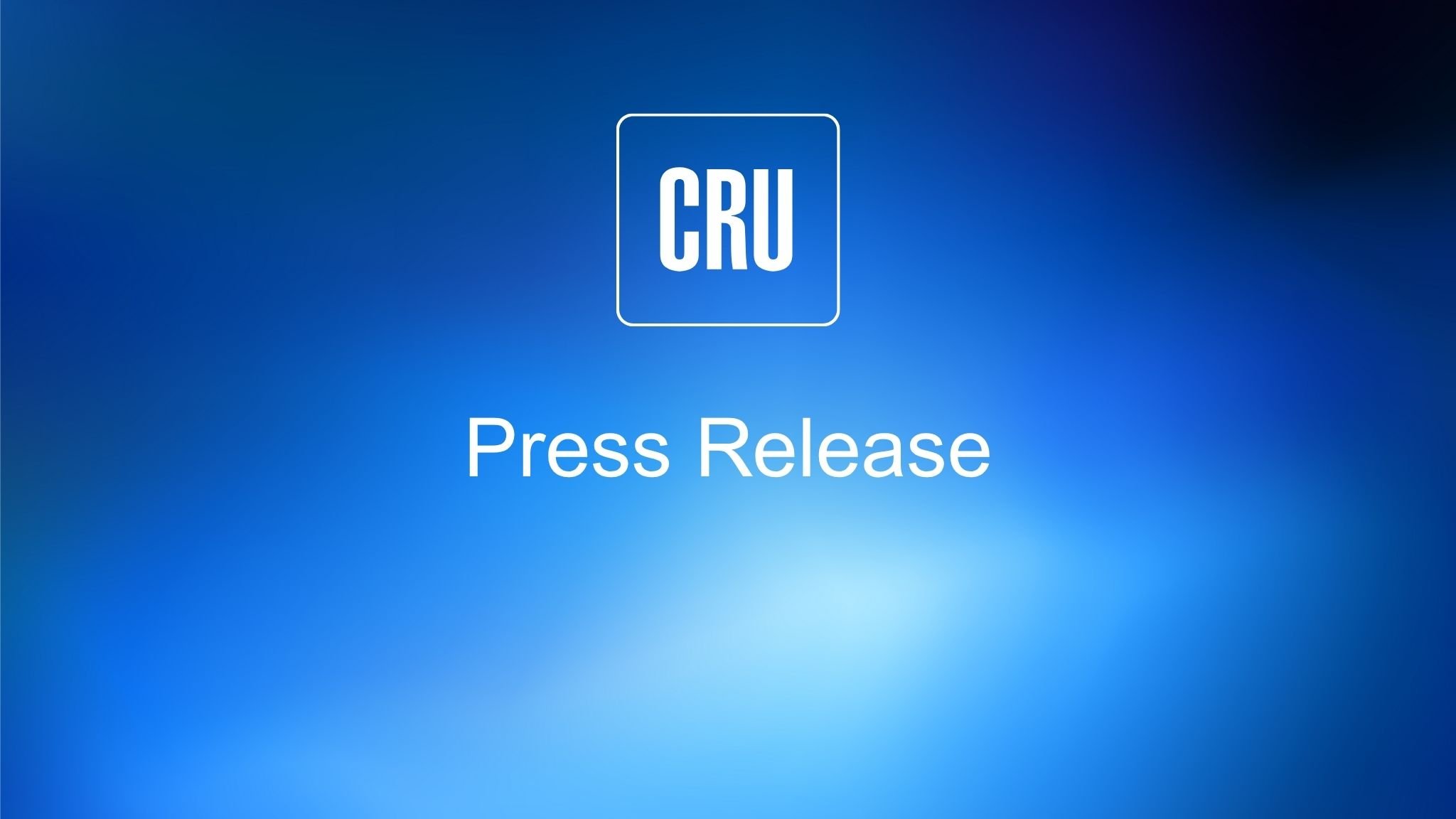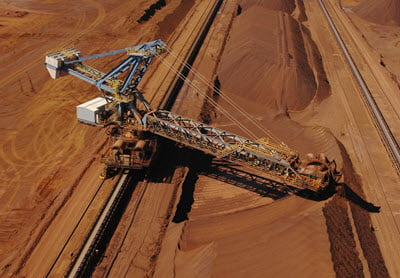The impact of the Covid-19 outbreak on the global economy is starting to become clearer and CRU has evolved its phosphate rock cost estimates to incorporate our latest forecasts on the longer-term impacts of the virus.
The sharp depreciation in foreign exchange rates and a global decline in hydrocarbon fuel prices are the major drivers of change in 2020 phosphate rock production costs. Costs have fallen globally in 2020, but Russia and Brazil have seen the most substantial declines, all of which will flow through to downstream phosphate fertilizer dynamics. CRU’s Phosphate Rock Cost Service gives access to production cost estimates for 136 mines across 37 countries from 2010 to 2024.
Covid-19 has shaken investor sentiment
The Covid-19 pandemic has had a profound impact on the world, causing major disruption to daily lives and economies. Economic instability has led to investors around the world reducing risk and focusing on investing in safe-haven assets. Investors fleeing riskier developing economies has caused significant depreciations of these currencies against the US dollar.
The impact of Covid-19 on foreign exchange rates has not been uniform. Countries such as Russia, South Africa, and Brazil have all experienced sharp depreciations, while India and China have seen smaller reactions. Brazil and Russia are extremely important to the phosphate industry, Brazil as a major demand market and Russia as a major producer. Therefore, the major changes in foreign exchange rates will have a significant impact on the industry.
The Brazilian Real has depreciated markedly over 2020 and is forecast to average at 5.2 BRL/USD over the year. The sharp decline has been driven by the declining growth prospects due to Covid-19, repeated interest rate cuts, and continued concern over the risk profile of the country. CRU economics forecasts the Real will not depreciate further, but the prospects of a recovery in 2020 are slim.
The Russian rouble faced a duel shock of Covid-19 and a collapse in oil prices. The later has been particular severe on the Russian economy, which is heavily reliant on petrochemical exports. The Rouble has depreciated sharply due to these issues and is forecast to average at 71 RUB/USD in 2020. CRU economics is forecasting an appreciation of the Rouble over the medium term due to Russia’s current account surplus.
Why does FX matter to phosphate production costs
Foreign exchange rates are important due the influence on both production costs and trade flows. FX impacts all the cost inputs for most mines or plants and can dramatically alter the competitive dynamic between imported and domestically produced product.
Foreign exchange rates have a variable impact in cost inputs, depending on the cost item. On average, labour is nearly always completely denominated in local currencies, while materials such as spare parts or catalysts might only expect up to 40% to be sourced locally. All inputs do have some exposure to foreign exchange rate fluctuations, therefore significant changes in FX will impact every cost line.
The exposure of individual mines to FX fluctuations is driven also by the mine’s process flows. Phosphate rock undergoes a variety of beneficiation stages and each of those has different power, labour and consumable requirements. A simple crush only operation has costs weighted more to labour than consumables and is therefore more exposed to FX fluctuations. Assets with a full floatation beneficiation process consumes more power and consumables and therefore has a larger weighting of its cost in dollar denominated terms.
Weak Brazilian Real has supported domestic producers
The Brazilian Real has seen some of the sharpest depreciations in FX rates against the USD in 2020. This is forecast to have a positive impact on phosphate rock mining costs, with weighted average site costs falling to lowest levels in a decade at around USD45/t. The decline between costs in 2019 and 2020 highlights the influence of FX the different cost components. Labour costs per tonne fell by 27%, while consumable costs only fell by 7%. Energy costs also fell substantially in part driven by FX, but primarily due to sharply lower global hydrocarbon prices.
CRU’s phosphate rock cost services offer valuable global coverage of mining costs of this critical component of the fertilizer industry. Regular updates and forecasted costs to 2024 allow clients to gain CRU’s latest insights into a post Covid-19 phosphate industry. For more information please contact us via the button below.

















